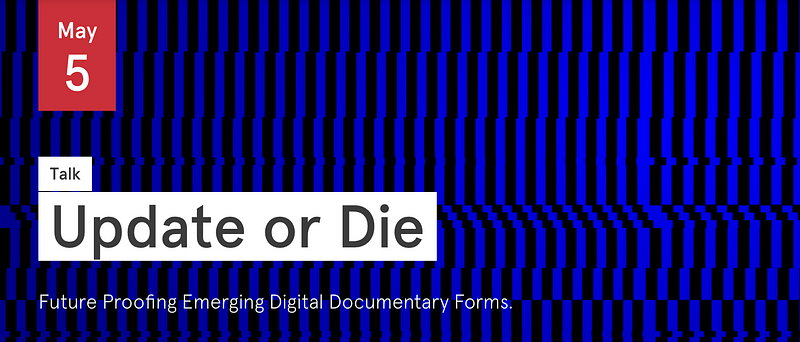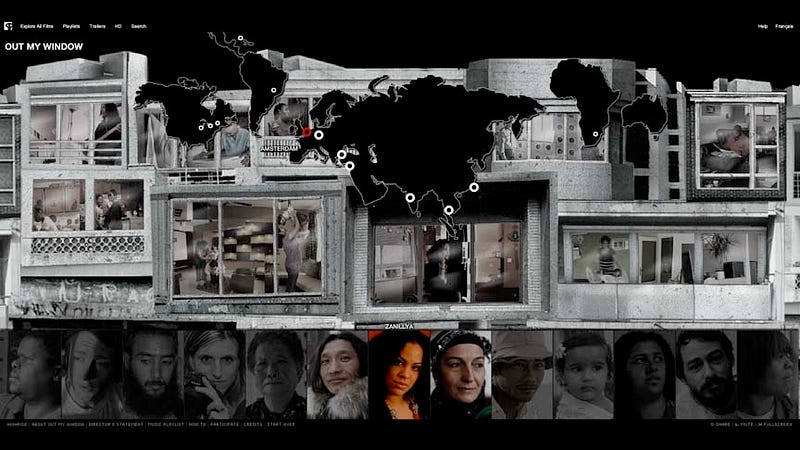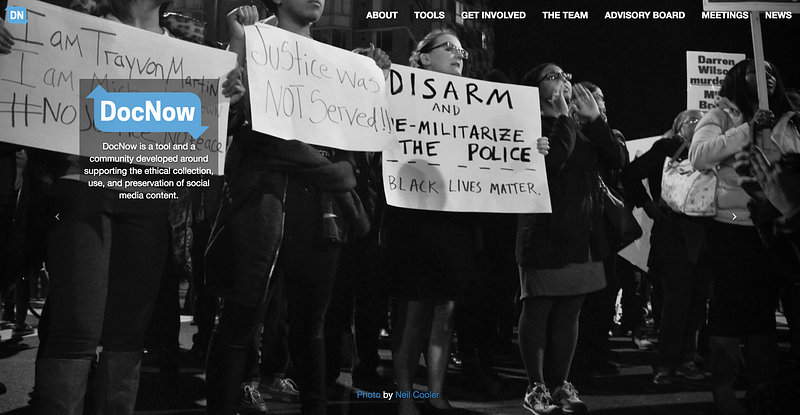
Immerse issue #7: On archiving interactives
Interactive, immersive, participatory forms of documentaries are comprised of complicated ecosystems. They mix and match available digital (and sometimes analog) tools as if there is no tomorrow. How do we save these intricate systems from becoming obsolete? That is the million dollar question of the month.
 Update or
Die: Future Proofing Emerging Digital Documentary Forms
Update or
Die: Future Proofing Emerging Digital Documentary FormsThis month’s resources were curated in conjunction with Update or Die — a one-day conference curated by the MIT Open Documentary Lab and Phi, in collaboration with IDFA DocLab and the Netherlands Institute for Sound and Vision, coming up on May 5. Experts from archives, museums, libraries, game companies, as well as artists, scholars and activists will discuss “future proofing emerging digital documentary forms.” This team will grapple with the million dollar question.
Watch the live broadcast of Update or Die: Future Proofing Emerging Digital Documentary Forms on May 5 at 8:45 AM to 6:30 PM.
 Out My Window (Highrise project) by Katerina Cizek is
considered an i-doc classic
Out My Window (Highrise project) by Katerina Cizek is
considered an i-doc classicThe issue of digital preservation has long been on the agenda of librarians and archivists. We can track the earliest mention of “Digital Dark Ages” by Terry Kuny to the 1997 conference of International Federation of Library Associations and Institutions. His paper even puts the fear of 1984 in us by opening with a slogan from Orwell’s Party:
Who controls the past controls the future. Who controls the present controls the past.
In Recollection: Art, New Media, and Social Memory, authors Richard Rinehart and Jon Ippolito bring the question to the realm of new media art and explore examples by creators from Nam June Paik to Danger Mouse. In addition to the rapidly evolving technology, they discuss the complicity of institutions and law in the obsolescence of digital art.
Speaking of institutions: Christiane Paul — Adjunct Curator of New Media Arts at the Whitney — discusses the preservation challenges of digital art in her comprehensive talk:
Perhaps no other institution cares more about born-digital artworks than Rhizome, a web-native itself. Check out Rhizome’s recent conference Digital Social Memory to hear about politics in web archiving.
Alternately, read this paper on digital preservation practices of Rhizome’s ArtBase by their former digital conservator Ben Fino-Radin (interesting find: digital conservators are very fond of the early web aesthetics, see Fino-Radin website).
In addition to Rafael Lozano Hemmer’s resourceful article mentioned in this month’s feature, this guide from Electronic Arts Intermix on the preservation of computer-based arts offers a breakdown of best practices, and even goes into meticulous detail on budget and equipment.
PERICLES is a European Union funded initiative that addresses the question of digital preservation in the domains of digital artworks and experimental scientific data. PERICLES’s report, Interdisciplinary Discussions about the Conservation of Software Based Art, by Annet Dekker and Patricia Falcao of TATE, looks into different techniques of preservation as well as the role of the conservator, programmer and artist.
 Documenting
the Now project
Documenting
the Now projectLet’s talk ethics. In “Confronting Our Failure of Care Around the Legacies of Marginalized People in the Archives,” archivist Bergis Jules points to the unbearable whiteness of his profession, and the worrying lack of diversity in the field that is in charge of preserving our cultural heritage. One of Jules’s recent endeavors is Documenting the Now (DocNow) which is “a tool and a community developed around supporting the ethical collection, use, and preservation of social media content.” A must follow project if you want to do things right!
Immerse is an initiative of Tribeca Film Institute, MIT Open DocLab and The Fledgling Fund. Learn more about our vision for the project here.